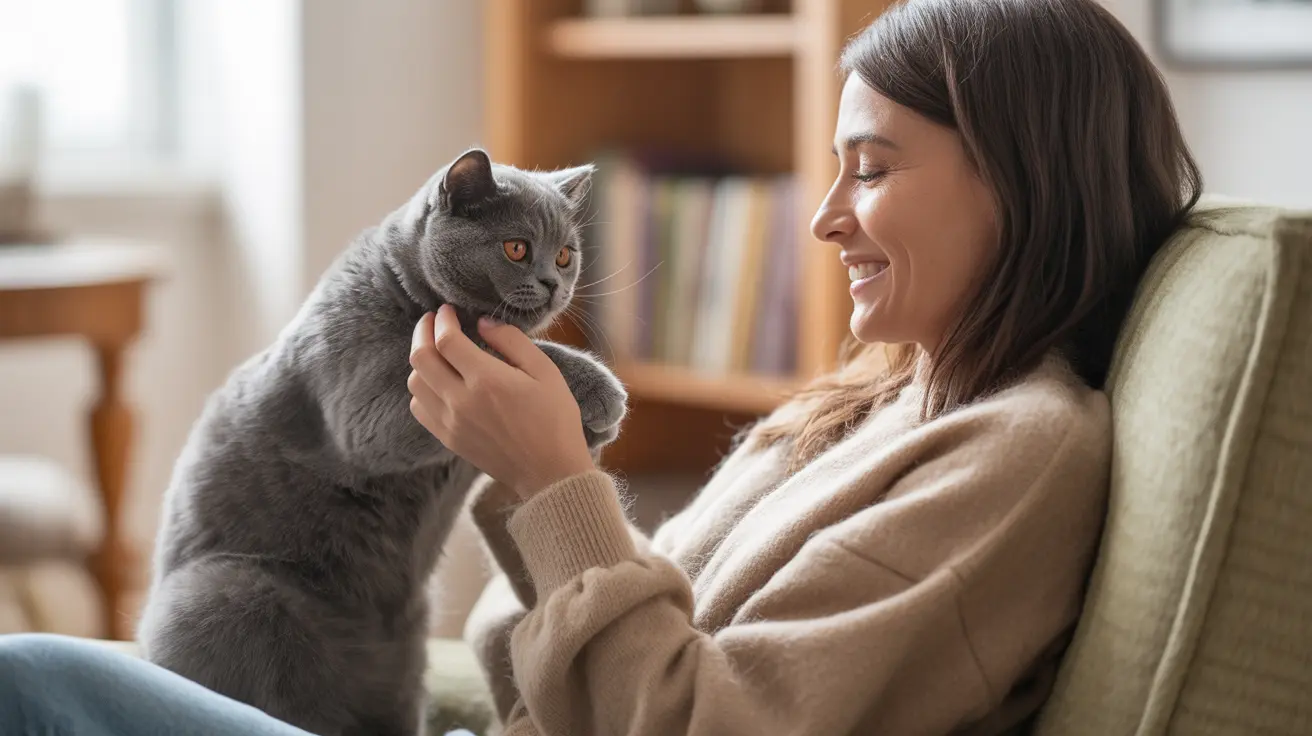Have you ever wondered if your cat finds you as adorable as you find them? While humans are naturally programmed to find cats cute with their big eyes and fluffy faces, the way cats perceive us is fascinatingly different. Let's explore the scientific evidence behind how our feline friends really see us and what drives their affection for humans.
Research reveals that cats don't actually perceive humans as "cute" in the way we perceive them. Instead, they've developed complex social bonds with us that are based on trust, care, and familiarity rather than aesthetic appreciation.
The Science of Cat Perception
According to animal behaviorists, cats lack the evolutionary programming to find other species aesthetically pleasing. Instead, they primarily view humans as oversized, somewhat clumsy fellow cats. This perception influences how they interact with us and forms the basis of our unique human-feline relationship.
Research shows that cats process social interactions through their native feline framework, meaning they apply the same social rules and behaviors to humans as they do to other cats.
How Cats Actually View Their Human Companions
Rather than seeing us as cute, cats typically perceive humans as social peers or fellow members of their colony. They demonstrate this through behaviors like:
- Head-butting and face rubbing
- Purring and kneading
- Grooming attempts
- Following and proximity-seeking behavior
These actions mirror how cats interact with other felines they trust and consider part of their social group.
The Truth About Cat-Human Bonding
While cats may not find us cute, they do form genuine emotional attachments to their human caregivers. Studies show that cats can develop secure attachment bonds similar to those between human infants and their parents. This attachment is based on:
- Recognition of their owner's voice and presence
- Positive associations with caregiving
- Social and emotional bonding
- Mutual trust and familiarity
Understanding Feline Affection Signals
Cats express their affection through specific behaviors that are deeply rooted in their natural social repertoire. When your cat shows these signs, they're not indicating they find you cute, but rather that they trust and value you as a social companion:
- Slow blinking or "cat kisses"
- Tail position (upright with slight curve)
- Gentle meowing or trilling
- Seeking physical proximity
Frequently Asked Questions
Do cats think humans are cute like humans find kittens cute?
No, cats don't perceive cuteness the way humans do. They lack the evolutionary programming to find other species aesthetically pleasing and instead form bonds based on social trust and care.
How do cats perceive and interact with their human owners compared to other cats?
Cats treat humans as fellow felines, using the same social behaviors they would use with other cats. They view us as part of their social group rather than as a different species.
What behaviors show that a cat feels affection or social bonding toward a human?
Key indicators include rubbing against you, purring, slow blinking, following you around, and choosing to sleep near you. These are all natural feline social bonding behaviors.
Can cats recognize their owner's voice and show attachment similar to human infants?
Yes, research confirms that cats can recognize their owner's voice and show secure attachment patterns similar to human infants, responding differently to their caregivers than to strangers.
Why do cats treat humans like big cats rather than a different species?
This behavior stems from cats' evolutionary history; they haven't developed specialized behaviors for interacting with humans like dogs have. Instead, they apply their natural feline social behaviors to human relationships.
Conclusion
While cats may not think humans are cute in the traditional sense, they form meaningful bonds with us based on trust, care, and social connection. Understanding that cats perceive us through their own unique social lens can help us better appreciate and nurture our special relationships with these fascinating companions.






